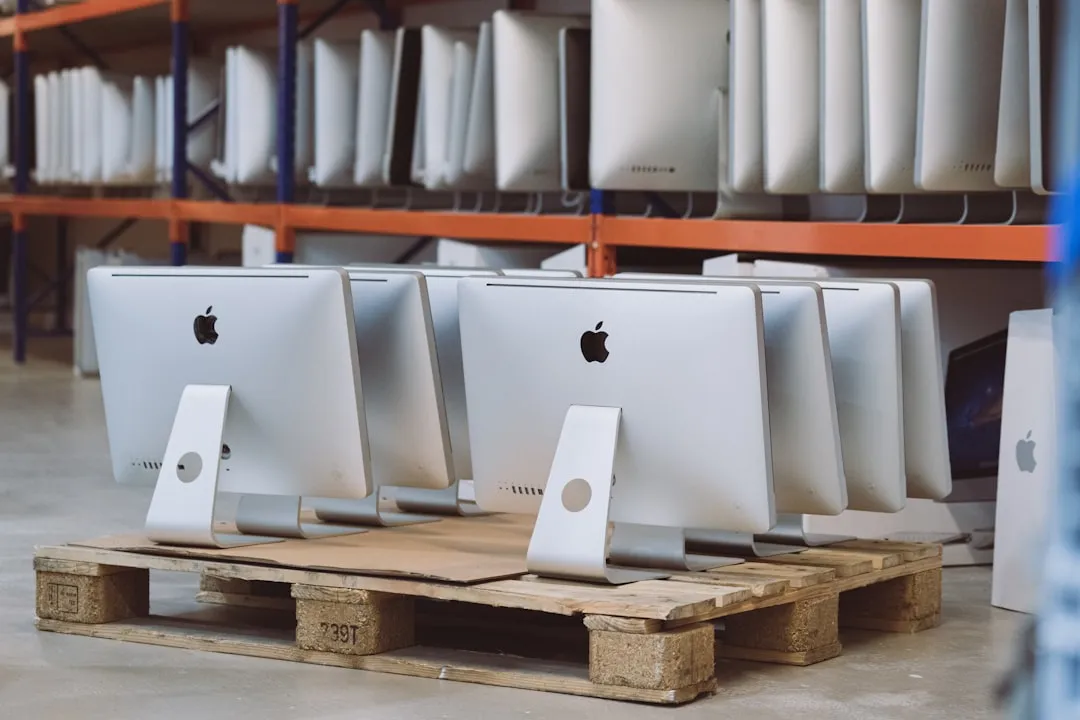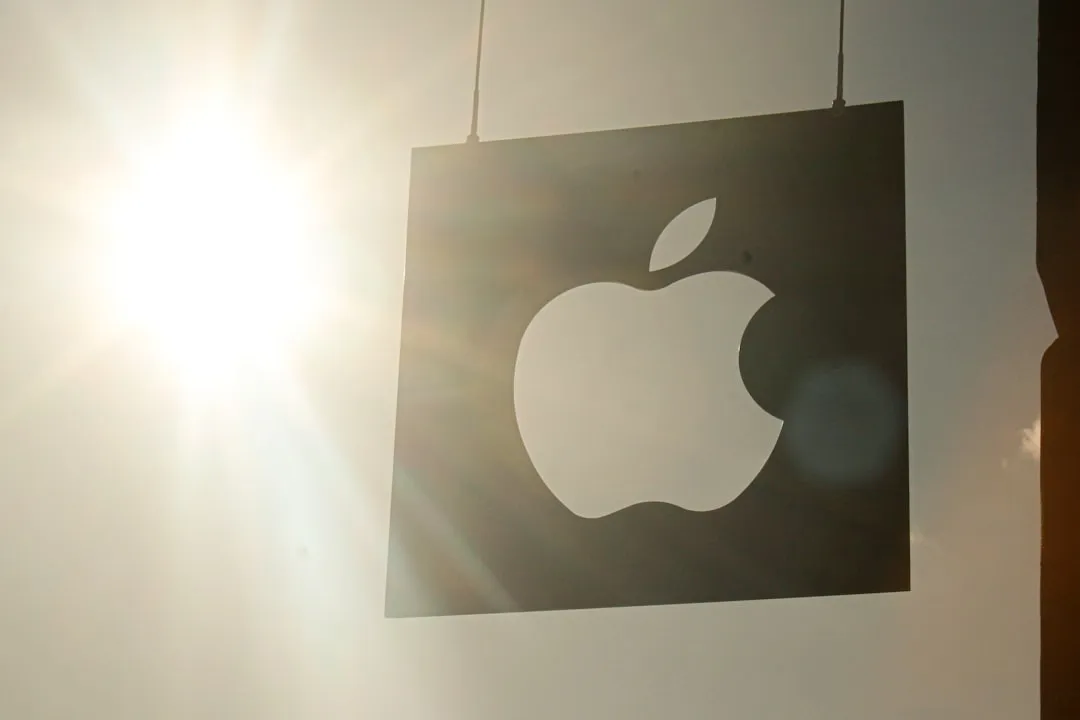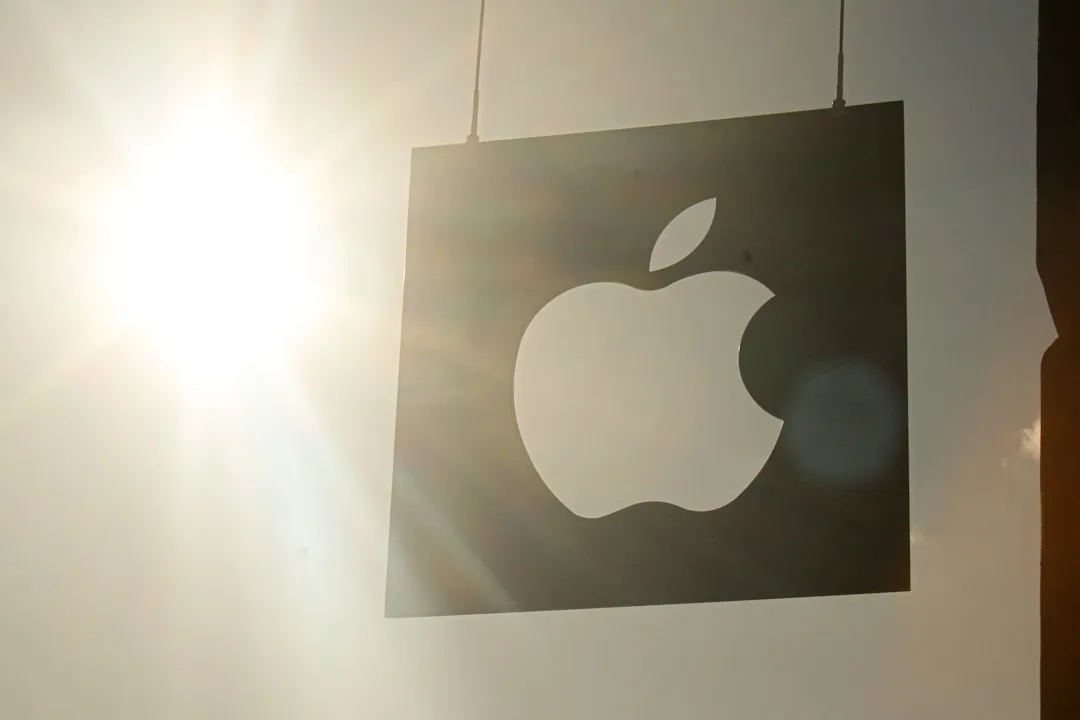The sleek iPhone in your pocket tells a story that Apple doesn't want you to hear—one of 75-hour workweeks, wage withholding, and systematic discrimination. While the tech giant rapidly expands production in India to reduce its dependence on China, troubling conditions persist at the heart of its supply chain. At Foxconn's massive Zhengzhou facility, often called "iPhone City," over half of the 150,000 to 200,000 workers are classified as temporary dispatch workers—a practice that exceeds Chinese legal limits by five times.
Despite Apple's geographic diversification strategy, workers still endure 60 to 75-hour workweeks, far surpassing both China's legal maximum and Apple's own 60-hour weekly cap. As Apple reshapes its global manufacturing footprint, can the company truly escape the labor practices that have long shadowed its supply chain?
The harsh reality inside China's iPhone factories
A comprehensive six-month investigation by China Labor Watch into Foxconn's Zhengzhou complex during iPhone 17 production uncovered systematic violations that go far beyond isolated incidents. These findings reveal deeply embedded practices designed to maximize production while minimizing worker protections.
The wage withholding schemes are particularly insidious. Workers were subjected to deliberate delays where portions of their pay were held until the following month, effectively trapping employees who couldn't afford to resign before specific cutoff dates. This creates a system where workers become financially dependent on completing extended contracts, regardless of working conditions.
The exploitation of student workers represents another troubling dimension. Student workers earned merely 12 RMB per hour while being forced into night shifts, with their graduation requirements sometimes tied to completing these factory internships. This transforms what should be educational opportunities into coercive labor arrangements where young people have little choice but to accept substandard conditions.
Even more concerning is the rumored systematic discrimination programmed directly into hiring systems. Foxconn's recruitment platform automatically rejected applications from ethnic minorities, including Uyghurs, Tibetans, and Huis who weren't local to Henan province. Until recently, mandatory X-ray requirements during health checks effectively barred pregnant women from employment—a practice that only stopped this year.
The workplace environment itself presents serious health and safety violations. Those who dared to complain encountered surveillance, threats, and even public release of their personal information as retaliation—a systematic approach to silencing dissent that extends far beyond typical workplace intimidation.
Apple's strategic shift to India: progress and persistent challenges
Apple's manufacturing diversification represents one of the most significant supply chain shifts in recent tech history, with numbers that tell a compelling story of rapid transformation. India has overtaken China as the top source of smartphones sold in the US, with Indian factories accounting for 44% of the US smartphone market in the second quarter of 2025. This represents a dramatic flip from just a year ago, when China held more than 60% of estimated shipments—now it's down to just 25%.
The economic drivers behind this shift are compelling. US tariffs on Chinese electronics have surged past 100% while India's tariffs remain around 26%. Apple produced over 23.9 million iPhones in India during the first half of 2025—a 53% increase from the previous year. The company has established a 45-company supply chain that has created 350,000 jobs, with 120,000 being direct employment positions.
However, this transition faces significant obstacles that could undermine its long-term sustainability. Manufacturing costs in India remain 5-8% higher than in China, with some cases seeing differences as high as 10%. More critically, yield rates in Indian facilities lag behind Chinese operations, resulting in more defective units and higher overall costs despite lower labor rates.
The infrastructure challenges compound these concerns. India's infrastructure and logistics are under stress as the country attempts to double its production capacity to reach the target of 80 million phones annually by 2026. Additionally, India still relies heavily on Chinese sub-components for iPhone manufacturing, creating ongoing supply chain vulnerabilities that could undermine the entire diversification strategy.
Labor practices across borders: will India repeat China's mistakes?
The concerning reality is that Apple's geographic shift doesn't automatically solve labor issues—it may simply relocate them to regions with weaker oversight mechanisms. Past labor unrest at Indian Foxconn facilities has already highlighted the need for improved working conditions and better responses to worker demands.
The Chennai facility provides a troubling preview of potential problems. When Foxconn workers faced mass food poisoning, it exposed inadequate safety protocols and revealed that workers lacked adequate facilities, including clean water access, sanitary conditions, and proper medical care. These are the same cost-cutting patterns at workers' expense documented repeatedly in Chinese facilities.
India's regulatory environment presents both opportunities and significant risks. While the country offers limited social security provisions, it also lacks the robust oversight mechanisms needed to prevent labor violations from becoming systemic. The absence of a strong private sector semiconductor industry means India remains heavily dependent on government and foreign technology, potentially limiting its ability to maintain competitive labor standards as production scales up.
The timing creates additional pressure points. As Apple aims for simultaneous global launches from Indian production lines, the pressure to meet production deadlines while maintaining quality could easily translate into the same excessive overtime and worker exploitation documented in China. Historically, rapid scaling combined with cost pressure creates exactly the conditions that lead to labor exploitation across manufacturing hubs worldwide.
What this means for Apple's future and workers worldwide
The evidence reveals a fundamental disconnect between Apple's public commitments and worker reality across its supply chain. While Apple emphasized its commitment to labor rights and stated that teams were immediately investigating reported issues, many of the documented abuses have persisted or worsened since the last major investigation in 2019. This suggests that Apple's current oversight mechanisms are fundamentally insufficient to address systemic problems.
The geographic shift to India, while strategically sound from a business perspective, risks becoming merely a reshuffling of problematic practices across different locations rather than genuine reform. Labor violations aren't necessarily tied to geography—they're tied to business models that prioritize cost reduction over worker welfare, regardless of the manufacturing location.
Here's what makes this particularly troubling: Apple has significant financial flexibility to improve working conditions without substantially impacting profitability. Manufacturing costs represent only 12% of an iPhone's total cost, meaning the company could meaningfully improve worker conditions and wages while barely affecting its massive profit margins. The company generated hundreds of billions in revenue last year, yet workers in its supply chain continue fighting for basic protections like reasonable working hours and fair wages.
For consumers and investors, this situation demands rigorous scrutiny of corporate responsibility claims. When companies discuss values like human rights and worker dignity, we must examine actual supply chain conditions, not just marketing materials. As Apple continues expanding in India while maintaining significant Chinese operations, the company must demonstrate that its diversification strategy includes genuine improvements in worker welfare.
The challenge extends beyond Apple to the entire tech industry. The technology in our pockets shouldn't come at the cost of human dignity. Apple has both the resources and the responsibility to prove that profitable manufacturing and ethical labor practices aren't mutually exclusive. The question is whether they'll choose to use that power—or continue prioritizing cost savings over the people who make their success possible. As global supply chains continue evolving, the Apple story will likely determine whether the tech industry embraces genuine reform or simply becomes more sophisticated at hiding exploitation behind geographic complexity.

























Comments
Be the first, drop a comment!